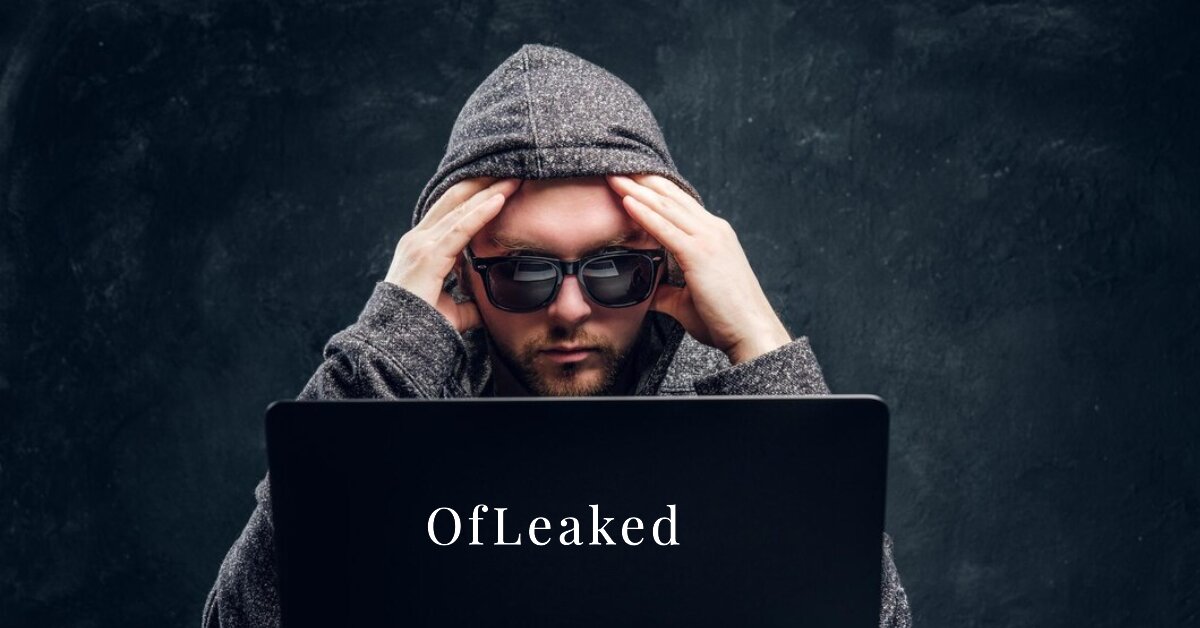In today’s digital era, the term “leaked” has gained significant traction, often associated with unauthorized releases of confidential information. From corporate data breaches to leaked celebrity photos, understanding the different ways information can be leaked and how to protect against such incidents is crucial. This article delves into the various ways information can be leaked, their implications, and the precautions you can take to safeguard your data.
Understanding Leaks: An Overview
A leak, in the context of information security, refers to the unauthorized release of confidential data to the public or an unintended recipient. Leaks can occur through various channels, often resulting in significant repercussions for individuals and organizations alike.
Ways Information Can Be Leaked
1. Digital Data Breaches
- Hacking: Cybercriminals use sophisticated techniques to penetrate secure systems and steal sensitive data. This is one of the most common ways information is leaked.
- Phishing Attacks: Attackers trick individuals into providing personal information or login credentials through deceptive emails or websites.
- Malware: Malicious software can infiltrate systems, allowing unauthorized access to data.
2. Human Error
- Accidental Disclosure: Employees or individuals may accidentally send sensitive information to the wrong recipient via email or other communication channels.
- Misplaced Devices: Losing a device containing confidential information, such as a smartphone or laptop, can result in unintended data leaks.
3. Insider Threats
- Disgruntled Employees: Current or former employees with access to sensitive information may leak data out of spite or for personal gain.
- Social Engineering: Manipulating individuals into divulging confidential information, often by pretending to be a trusted entity.
4. Physical Security Breaches
- Unauthorized Access: Physical break-ins can result in stolen documents or hardware containing sensitive information.
- Unsecured Documents: Leaving confidential papers in unsecured areas can lead to accidental exposure.
5. Third-Party Vulnerabilities
- Vendor Security Gaps: Third-party vendors with access to your data may have weaker security measures, leading to potential leaks.
- Cloud Storage Risks: Storing data in the cloud without adequate security measures can expose information to unauthorized access.
Implications of Leaked Information
The consequences of information leaks can be severe, impacting both individuals and organizations. These may include:
- Financial Loss: Data breaches can lead to significant financial losses due to fraud, fines, and remediation costs.
- Reputation Damage: Public exposure of confidential information can harm the reputation of individuals and businesses, leading to loss of trust and credibility.
- Legal Consequences: Leaks involving personal data can result in legal action and regulatory penalties.
- Operational Disruption: Leaked information can disrupt business operations, leading to downtime and decreased productivity.
Precautions to Prevent Information Leaks
1. Strengthen Cybersecurity Measures
- Use Strong Passwords: Implement complex passwords and change them regularly.
- Enable Two-Factor Authentication (2FA): Add an extra layer of security to your accounts.
- Install Antivirus Software: Protect your devices from malware and other threats.
2. Educate and Train Employees
- Security Awareness Training: Regularly educate employees about the risks of data leaks and best practices for preventing them.
- Phishing Simulations: Conduct mock phishing exercises to help employees recognize and avoid real threats.
3. Implement Access Controls
- Role-Based Access: Limit access to sensitive information based on an individual’s role and necessity.
- Monitor Access Logs: Regularly review access logs to detect any unauthorized activity.
4. Secure Physical Documents and Devices
- Lock Confidential Documents: Store sensitive papers in locked cabinets or secure locations.
- Use Encryption: Encrypt data on devices and during transmission to protect against unauthorized access.
5. Vet Third-Party Vendors
- Conduct Security Audits: Regularly assess the security practices of vendors and partners.
- Use Secure Cloud Services: Choose cloud providers with robust security measures and compliance certifications.
FAQs
1. What are the most common causes of data leaks?
- The most common causes of data leaks include hacking, phishing attacks, human error, insider threats, and vulnerabilities in third-party services.
2. How can I protect my business from data leaks?
- Protect your business by implementing strong cybersecurity measures, educating employees about data security, securing physical documents and devices, and vetting third-party vendors.
3. What should I do if I suspect a data leak?
- If you suspect a data leak, immediately investigate the incident, secure affected systems, notify relevant parties, and take steps to prevent future leaks.
4. Are there legal repercussions for data leaks?
- Yes, data leaks can result in legal repercussions, including fines, regulatory penalties, and lawsuits, especially if personal data is involved.
5. Can encryption prevent data leaks?
- Encryption can significantly reduce the risk of data leaks by making it difficult for unauthorized individuals to access the information. However, it should be part of a comprehensive security strategy.
Conclusion
In an age where information is a valuable asset, understanding the various ways data can be leaked and taking proactive measures to prevent such incidents is essential. By strengthening cybersecurity, educating employees, securing physical documents, and being cautious with third-party vendors, you can protect your sensitive information from unauthorized access and potential leaks.
